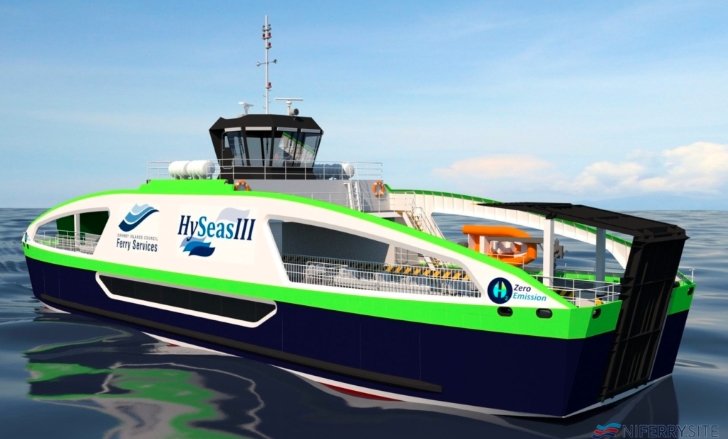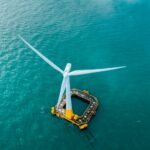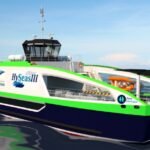Caledonian Maritime Assets Ltd in Scotland has picked ABB to supply power systems for seven new all electric ferries. This move comes as part of a big push to update old boats and cut down on pollution in the west coast areas.
Deal Highlights and Timeline
The contract goes to ABB from Remontowa Shipbuilding in Poland. They will handle the power setup and drive systems for these boats. Work starts now and the ferries should arrive from late 2027 through early 2029. This fits into CMALs plan to swap out small ships and fix up ports too. The Scottish Government helps pay for it all. This step shows how Scotland wants cleaner travel for its islands.
Experts say this deal boosts jobs in shipbuilding and green tech. It also ties into wider UK goals to clean up ports by 2050. Recent talks in transport circles highlight how such projects speed up the shift from diesel to electric.

Ferry Specs and Service Areas
Each ferry measures 50 meters long. Most can take 200 people and 24 cars at once. One special one holds 250 passengers but just 16 cars. They will run on nine paths around the Clyde and Hebrides spots on Scotlands west side. These routes link islands and keep daily life going for locals.
The boats replace older ones that break down often. New designs mean more room and better rides for riders. Folks in these areas count on ferries for food runs and doctor visits. Upgrades like this cut wait times and make trips smoother.
Here are some key features of the new ferries:
- Double ended design for quick turns without backing up
- Full electric drive to skip fuel needs
- Space saving tech for tight spots on board
- Upgraded safety with modern controls
ABBs Tech in Action
ABB brings its Compact Onboard DC Grid system to the job. This setup mixes a DC switchboard with inverters and motors. It saves space and runs at top efficiency. The HES880 inverters turn power smooth and the AXME motors push the boats along quiet.
Shore power adds more smarts. Ferries plug into the grid at docks like Kennacraig and Port Askaig. This lets engines rest and cuts smoke and noise right away. Other ports will get the same soon. Such links lower energy bills over time too.
| Component | Description | Benefit |
|---|---|---|
| DC Switchboard | Handles power flow on board | Keeps things stable and safe |
| HES880 Inverters | Converts energy for use | Boosts speed and cuts waste |
| AXME Motors | Drives the propellers | Runs quiet with less upkeep |
| Shore Connection | Links to land power | Drops emissions at port |
This table shows how each part works together for green sails.
Green Gains and Broader Push
These electric ferries slash CO2 output big time. No diesel means cleaner air for coastal towns. Noise drops too which helps sea life and people nearby. The project lines up with Scotlands green travel aims. It builds on past steps like hybrid boats from years back.
In 2025 alone Scotland launched more eco friendly ships. This fleet adds to that wave. Funds from the government show strong backing for net zero targets. Experts predict it will inspire other spots in Europe to go electric.
One recent event ties in a new battery plant opening nearby. That boosts local power for such grids. Logical next steps include more routes going green by 2030.
Company Roles and Outlook
CMAL runs under the Scottish Government. It owns the boats ports and setups for west coast links. These services keep islands connected daily. Remontowa in Gdansk builds all kinds from ferries to big units. They know how to deliver on time for global buyers.
ABB from Switzerland leads in power and smart systems. They help industries go electric worldwide. This win shows their strength in sea tech. As boats roll out communities will see faster greener trips.
The full setup promises less breakdowns and happier riders. It solves old fleet woes with fresh ideas.
Share your thoughts on these electric ferries in the comments below. Tell us how green travel changes your views and pass this story to friends who love Scotland news.


















